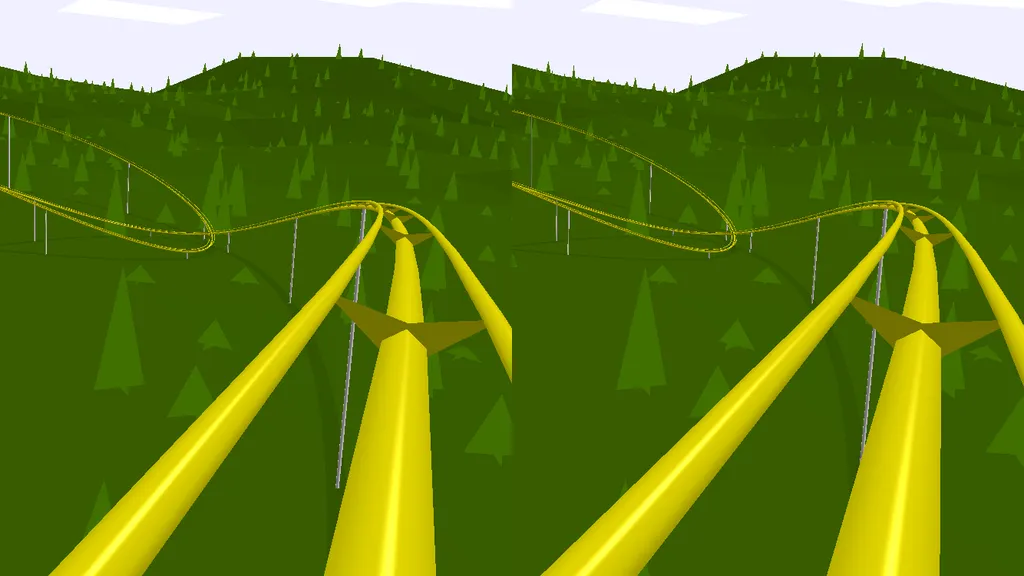Above: A virtual coaster Chrome experiment running in the Safari browser on an iPhone.
Early developer versions of the Chrome Web browser include hints that you’ll eventually be able to browse the Web in VR. When combined with other efforts to integrate WebVR, it’s looking like Google is laying the foundation for its killer virtual reality app: Chrome.
With the announcement of Daydream, Google is aligning a number of its projects to support VR in new and robust ways. For instance, YouTube is already being used to host 360 degree videos. Street View, Play, and Photos are getting VR modes too.
Chrome, Google’s Web browser, could be the killer app though. The new “VR Shell” that worked its way into a developer build recently would essentially add a VR mode to the entire Chrome browser. Once the feature develops more, you should be able to surf any existing website inside a Cardboard or Daydream-ready headset.
Google also recently hired Josh Carpenter, who led VR efforts at Mozilla and is a major supporter of WebVR. WebVR is a technology that offers fully immersive and interactive environments built with web tools. It’s critical to the huge set of developers who build websites, but aren’t familiar with the game tools being used to make the first consumer VR apps. WebVR could open up VR development to this group of people.
Fully immersive WebVR — where websites are worlds you can walk around — combined with a virtual browser to load existing rectangular-windowed websites adds up to a potentially killer app for Google. This is especially true if Google can get Web developers creating great virtual worlds and Chrome users updating to the VR version of the world’s most popular browser. It’s obviously still very early days, so don’t go expecting to browse VR in Chrome right now — but this seems to be a direction Google is seriously exploring.
A number of startups and developers are working on VR browsing software. In December, Samsung launched a virtual browser for the Gear VR. It loads traditional websites but can pop into a 360-degree mode for YouTube videos. Overall, there’s a lot of interest in WebVR, but less attention is paid to it because the vast majority of apps built for existing headsets were made with the Unity or Unreal game engines. That could change if Carpenter and others keep evolving WebVR.
With other notable hires by Google’s VR leader Clay Bavor and two of Google’s biggest projects, Chrome and Android, seemingly on a collision course, it will be interesting to see what Google does next. The first Daydream phones should arrive this fall and we’ll keep you updated with the latest on WebVR.
























